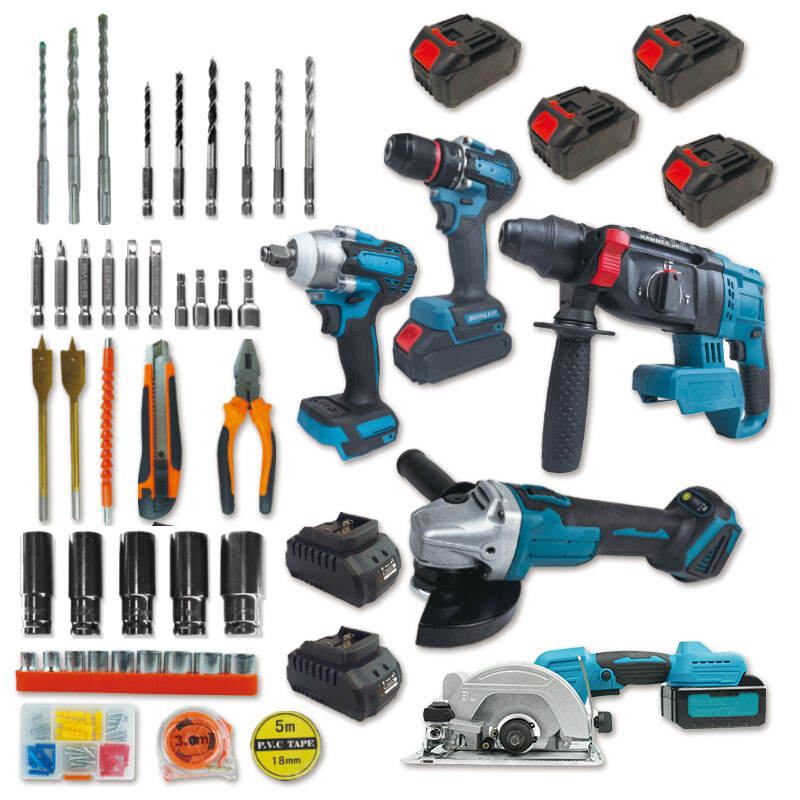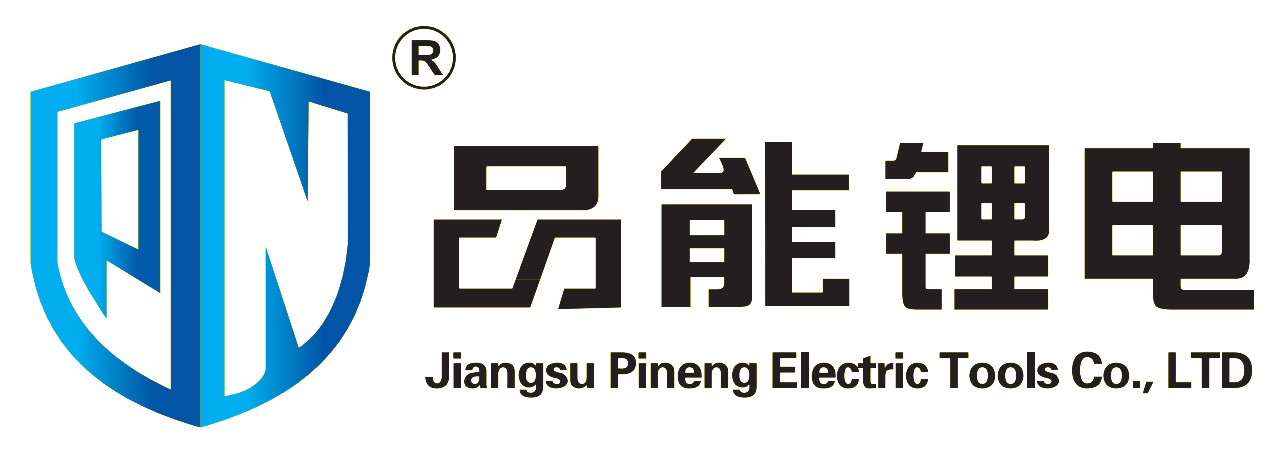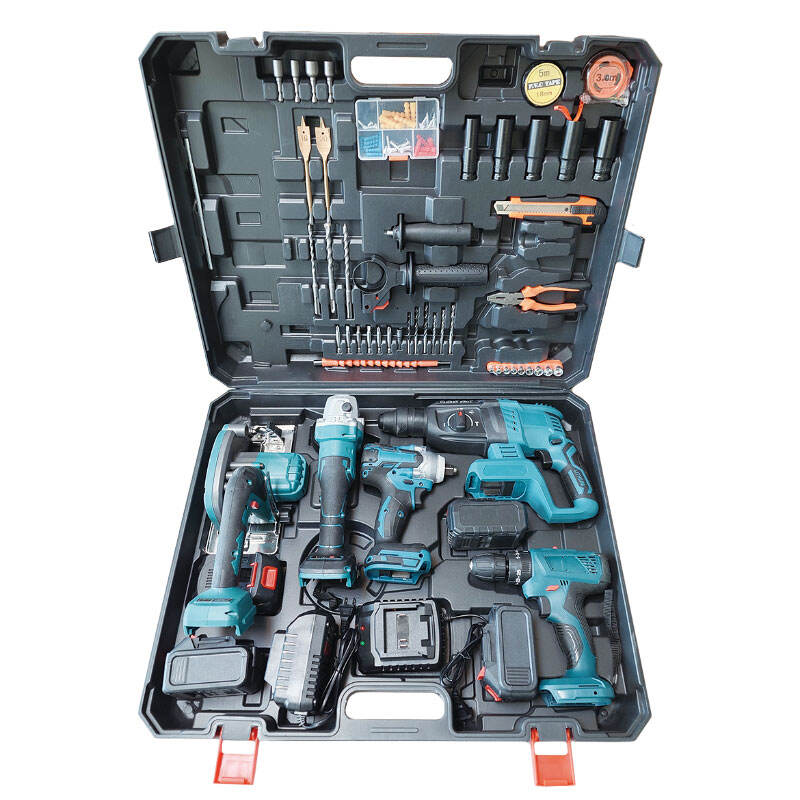Understanding the Power and Precision of Modern Tool Sharpening
The art of keeping tools sharp has evolved significantly from traditional manual methods to powered solutions like bench grinder sharpening. Professional craftsmen and DIY enthusiasts alike are discovering the remarkable efficiency and consistency that bench grinders bring to the tool maintenance process. This comprehensive guide explores how bench grinders compare to manual sharpening methods, helping you make an informed decision about the best approach for your toolset.

The Science Behind Bench Grinder Sharpening
Mechanical Advantages of Powered Grinding
Bench grinder sharpening operates on the principle of high-speed abrasive wheels that remove material quickly and efficiently. The consistent rotation speed ensures even material removal, while the stable platform provides superior control compared to handheld methods. The mechanical advantage comes from the grinder's ability to maintain constant pressure and speed, eliminating the variability inherent in manual techniques.
Modern bench grinders feature precisely engineered components that minimize vibration and maximize stability during operation. This mechanical precision translates directly into cleaner, more accurate edges on your tools. The ability to select different wheel grits and types further enhances the versatility of bench grinder sharpening, allowing for both aggressive material removal and fine finishing work.
Heat Management and Material Preservation
One crucial aspect of bench grinder sharpening is the management of heat generated during the grinding process. Professional-grade bench grinders often incorporate cooling systems or heat-dissipating designs that prevent the workpiece from overheating. This temperature control is essential for maintaining the tool's temper and preventing damage to its metallurgical properties.
The controlled environment of a bench grinder allows for better heat distribution compared to manual methods, where inconsistent friction can create hot spots. Additionally, the quick material removal rate means less overall heat buildup in the tool, preserving its structural integrity and edge-holding capabilities.
Comparing Efficiency and Results
Time and Energy Investment
When it comes to efficiency, bench grinder sharpening significantly outpaces manual methods. What might take 30 minutes with a whetstone can often be accomplished in 5-10 minutes using a bench grinder. This time savings becomes particularly significant when dealing with multiple tools or regular maintenance schedules.
The reduced physical effort required for bench grinder sharpening also contributes to its superior efficiency. Instead of maintaining consistent pressure and angle manually, the operator simply needs to guide the tool across the wheel while the machine does the heavy work. This reduced fatigue factor allows for more consistent results, especially when sharpening multiple tools in succession.
Precision and Repeatability
The controlled environment of bench grinder sharpening provides unprecedented consistency in edge geometry. Tool rests and angle guides ensure that each pass maintains the exact same bevel angle, something that's incredibly difficult to achieve with manual methods. This precision is particularly valuable when working with specialized tools that require specific edge angles for optimal performance.
Additionally, the ability to quickly switch between different grinding wheels allows for a progression from coarse to fine grits, resulting in professionally finished edges. This systematic approach produces more consistent results than trying to achieve the same progression with manual stones.
Applications and Limitations
Ideal Use Cases for Bench Grinders
Bench grinder sharpening excels in numerous applications, particularly with larger tools and those requiring significant material removal. Chisels, plane irons, garden tools, and workshop implements benefit greatly from the power and precision of a bench grinder. The ability to quickly restore damaged edges or establish new bevels makes it invaluable for professional workshops and serious hobbyists.
The versatility of bench grinders extends to specialized applications like lathe tool sharpening and creating custom profiles on cutting tools. The controlled power allows for precise shaping that would be extremely difficult to achieve manually, opening up new possibilities for tool modification and maintenance.
Scenarios Where Manual Methods Shine
While bench grinder sharpening offers numerous advantages, there are situations where manual methods remain preferable. Delicate tools with thin blades or those requiring extremely fine edges might benefit from the gentler approach of hand sharpening. Additionally, tools with complex geometries or those requiring minimal material removal might be better served by traditional techniques.
The tactile feedback provided by manual sharpening can also be advantageous when working with valuable or irreplaceable tools where maximum control is essential. In these cases, the slower pace of manual methods allows for greater sensitivity to the material's response during the sharpening process.
Maintenance and Best Practices
Optimal Grinding Wheel Selection
Success in bench grinder sharpening largely depends on choosing the right grinding wheels for specific applications. Different materials and intended uses require varying grit sizes and wheel compositions. Understanding these relationships helps achieve optimal results while minimizing the risk of damage to tools.
Regular wheel dressing and maintenance ensure consistent performance and safe operation. Proper care of grinding wheels extends their life while maintaining their effectiveness for bench grinder sharpening tasks. This systematic approach to wheel maintenance translates directly into better sharpening results.
Safety and Tool Care Considerations
Professional bench grinder sharpening requires strict adherence to safety protocols and proper tool handling techniques. Proper eye protection, workspace organization, and awareness of proper grinding techniques are essential for both safety and success. Understanding how to approach different tools and materials helps prevent accidents and ensures optimal results.
Regular cleaning and adjustment of the bench grinder ensure consistent performance and safe operation. Maintaining proper tool rests and guards, along with periodic inspection of grinding wheels, creates a reliable and effective sharpening station for all your tools.
Frequently Asked Questions
How long does it take to master bench grinder sharpening?
While basic proficiency can be achieved within a few hours of practice, mastering bench grinder sharpening typically takes several weeks of regular use. Focus on understanding proper tool presentation angles and pressure control for best results. Many users report significant improvement in their technique after sharpening 20-30 tools.
What types of grinding wheels are best for different tools?
For general-purpose tool sharpening, a combination of medium-grit aluminum oxide wheels works well. Use coarser grits (36-60) for initial shaping and finer grits (80-120) for finishing. Specialized CBN or diamond wheels are excellent for high-speed steel and carbide tools, though they represent a higher initial investment.
How often should grinding wheels be dressed?
Grinding wheels should be dressed whenever they show signs of glazing, loading, or uneven wear. For regular use, this typically means dressing every 15-20 hours of operation. Regular dressing maintains the wheel's cutting efficiency and ensures consistent results in bench grinder sharpening operations.


